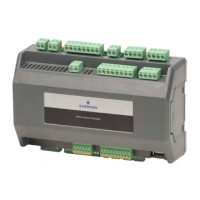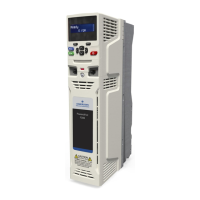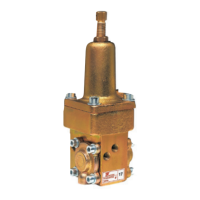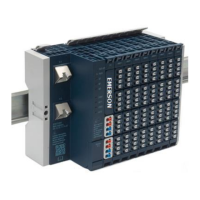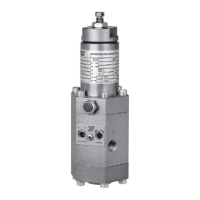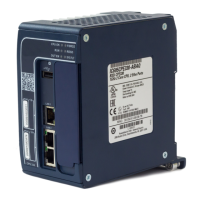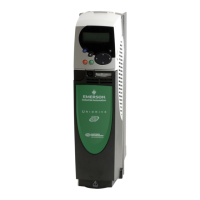firmware
version 9.20, or CPE330 firmware version 9.21, the CPE embedded Ethernet
interface supports Simple Network Time Protocol (SNTP) Client, Coordinated
Universal Time (UTC), and Daylight Savings Time (DST). Refer to PACSystems RX3i and
RSTi-EP TCP/IP Ethernet Communications User Manual, GFK-2224 version Q or higher.
CPL410 supports this feature in all firmware versions.
▪ Effective with RX3i firmware version 9.40, the Authorized Firmware Update
functionality is available. Users may now authorize access to firmware updates using
a custom password. Details are included in the revised firmware update instructions.
▪ Effective with CPE330 firmware version 9.60, Sequence of Events functionality is
available. Refer to PACSystems RX3i Sequence of Events User Manual, GFK-3050.
▪ Effective with CPE330 firmware version 9.75, Hot Standby CPU redundancy is
supported with a single RMX per rack. Refer to the PACSystems Hot Standby CPE
Redundancy User Manual, GFK-2308.
▪ CPE400 and CPL410 firmware version 9.75 provide a mechanism to recover from
STOP-Halt mode using the OLED Display and without removing the Energy Pack.
1.4 RSTi-EP Overview
RSTi-EP CPUs make it possible to incorporate the entire PACSystems programming suite
in stand-alone applications or as auxiliary control in larger process applications that use
RX3i. They allow the User to leverage the power and flexibility of PACSystems in smaller
applications.
At a high level, CPE100/CPE115 supports real-time application status, remote
diagnostics and:
▪ Dual LAN interfaces with four Ethernet ports
▪ Built-in RS-232 serial port
▪ Support for a range of communications protocols, including PROFINET
▪ Up to 1 MB of non-volatile user memory.
▪ All in just 1.5” (38.1mm) of DIN rail space.
CPE100/CPE115 supports two independent 10/100 Ethernet LANs. LAN1 has only one
port and is dedicated to highspeed Ethernet and whereas LAN2 is comprised of three
switched ports (labelled as 2, 3 & 4) configurable as either a second embedded Ethernet
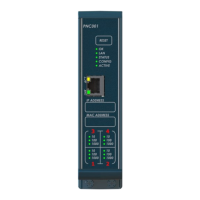
